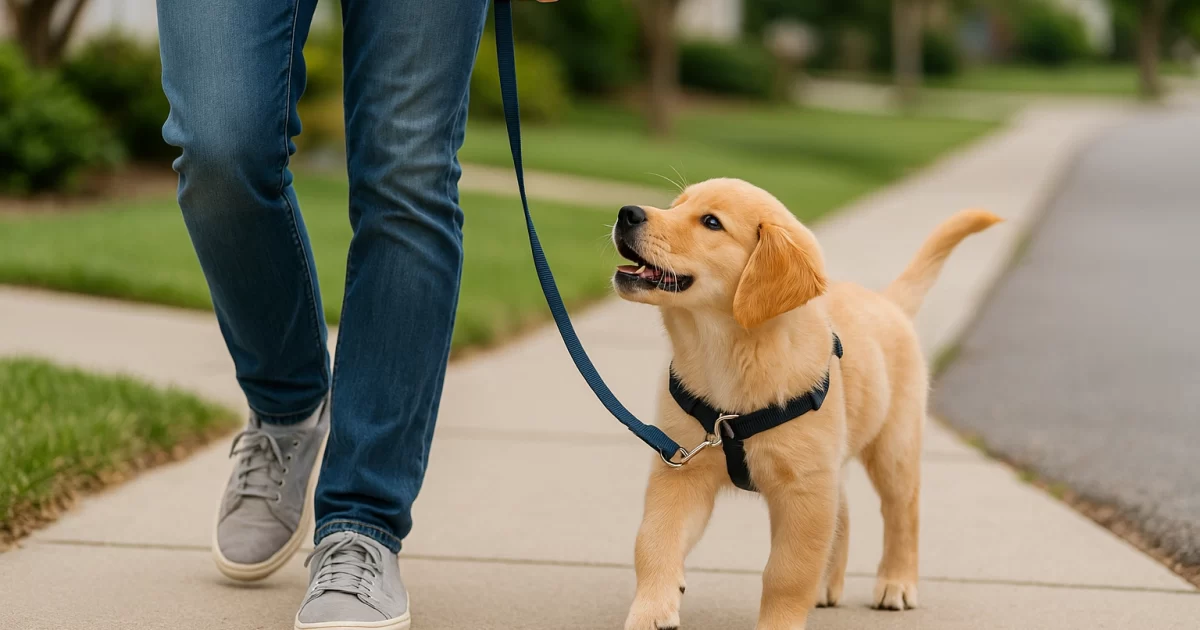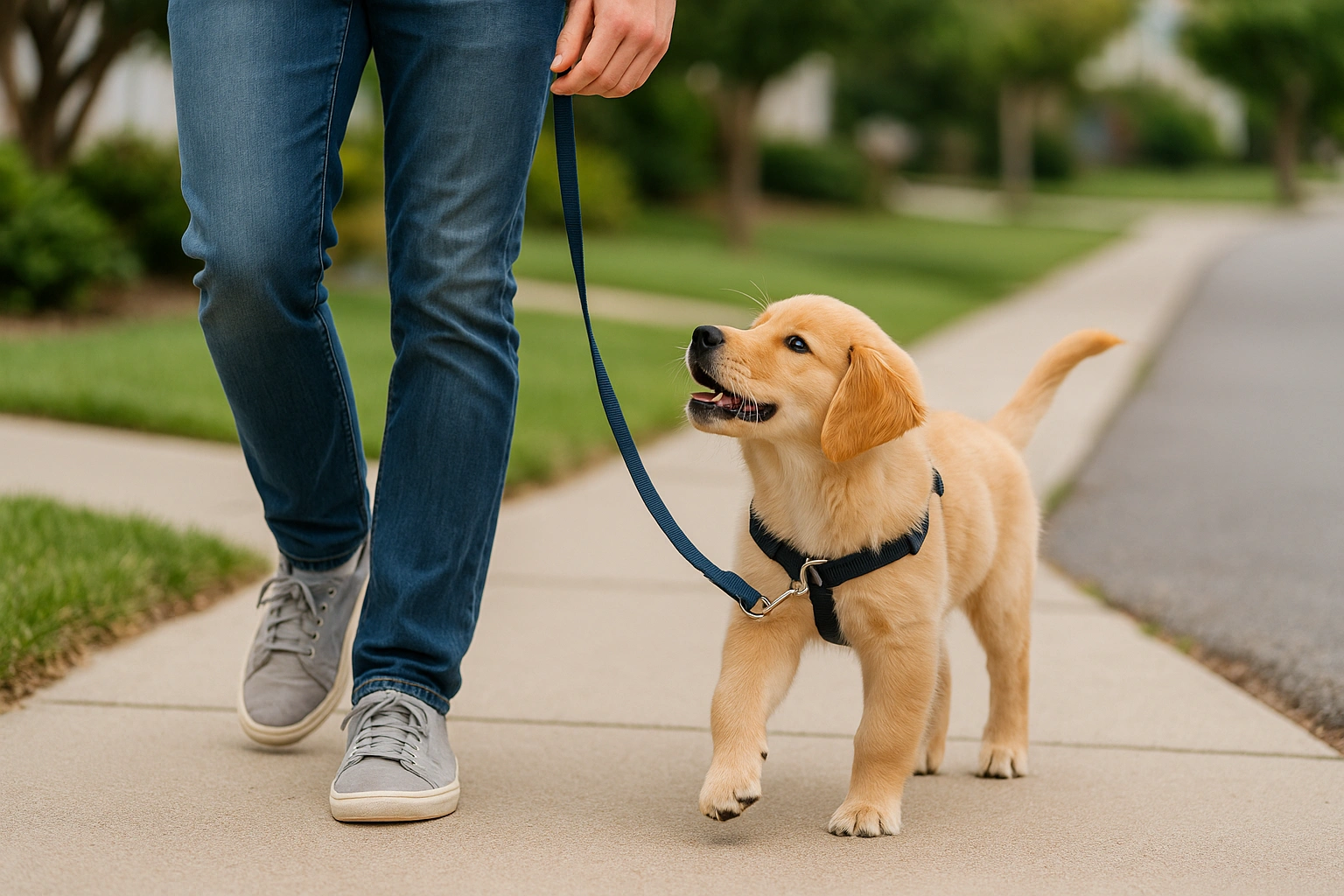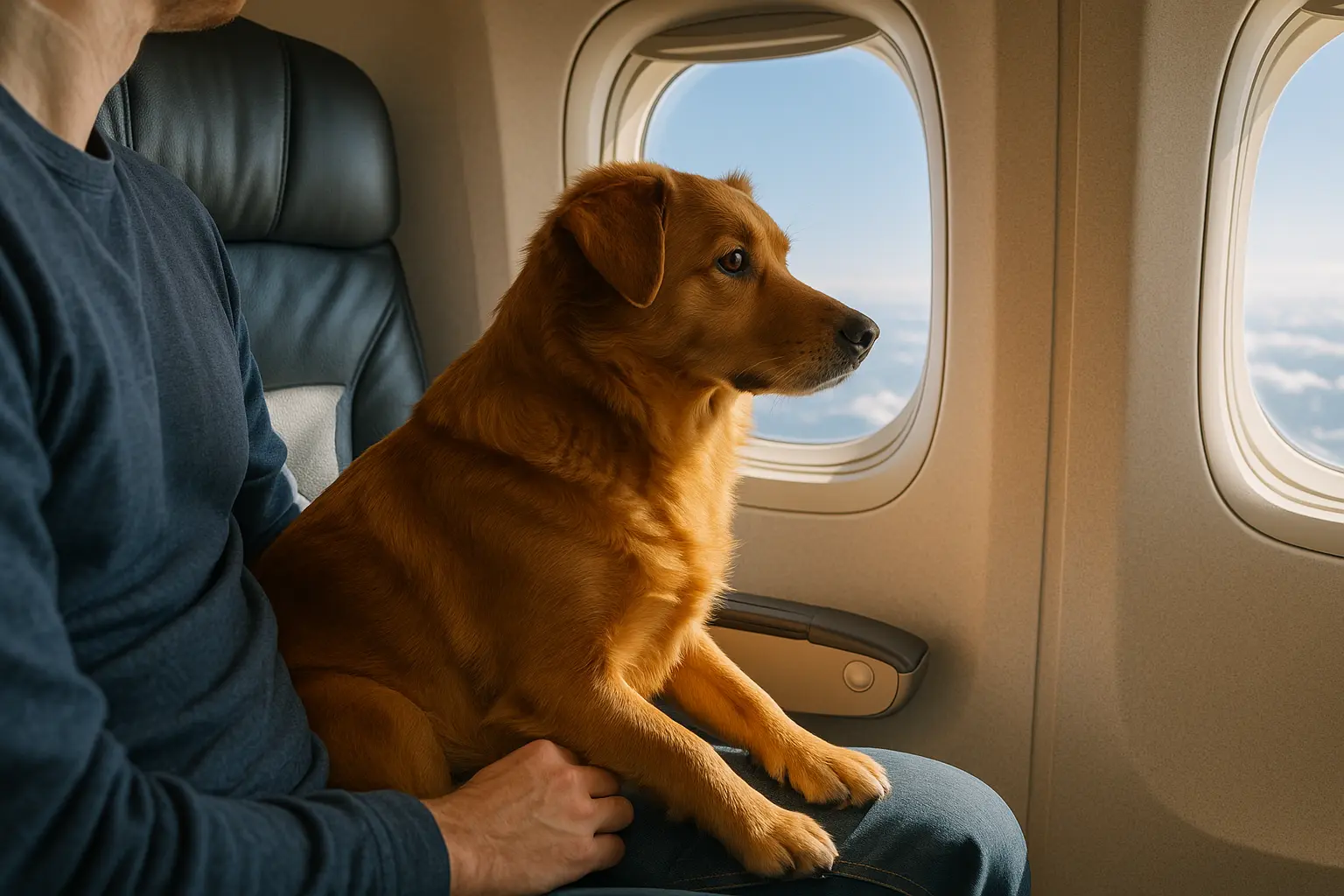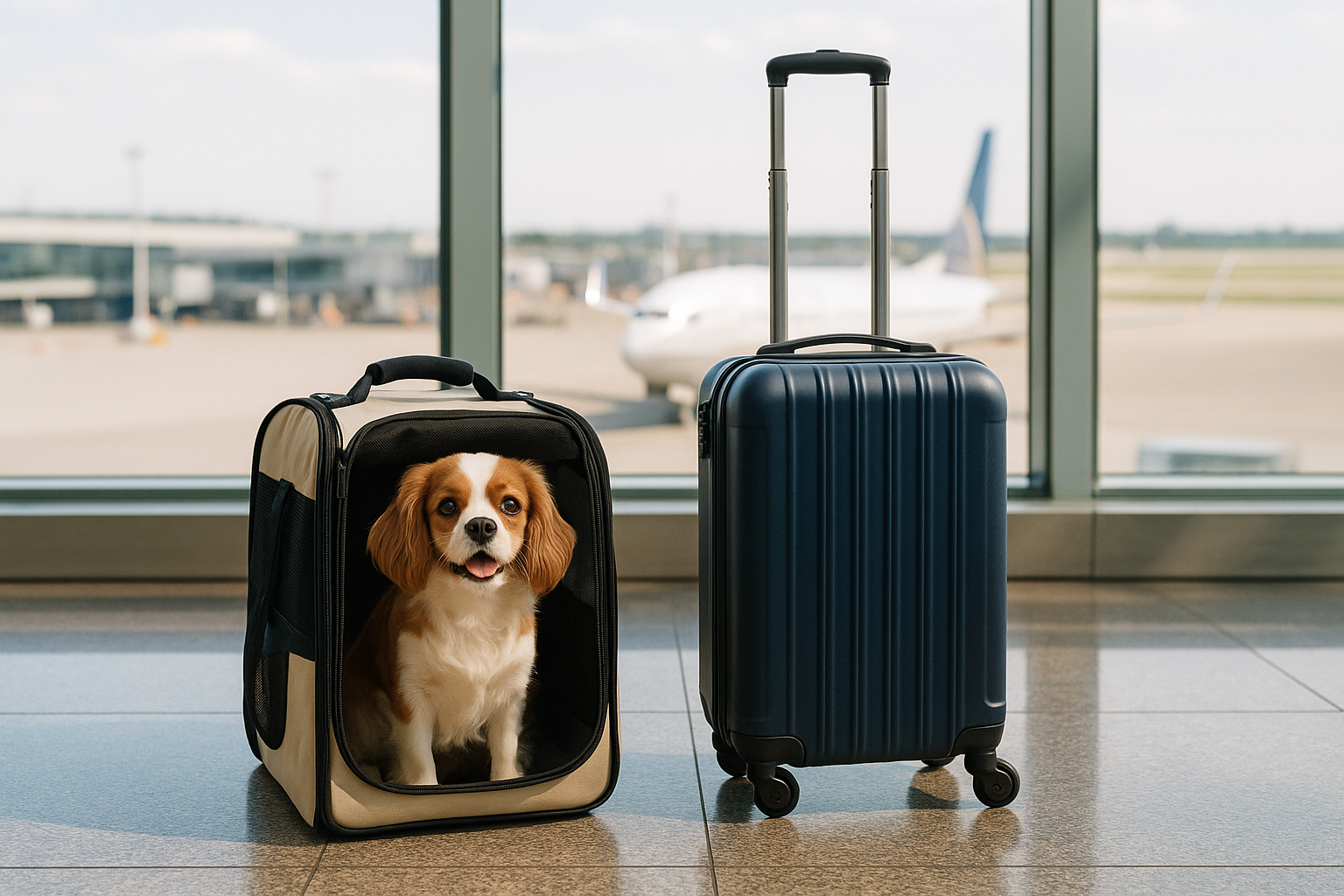Bringing home a puppy is like opening the first chapter of a beautiful story. Every tail wag, every clumsy tumble, and every curious sniff marks the beginning of a journey filled with unconditional love. But to turn your adorable ball of energy into a polite, confident companion, you need to know what are the first steps in puppy training.
In this guide, we’ll walk you through the essential early steps to ensure your puppy becomes a well-mannered member of your family. Ready to start?
Why Training Starts on Day One
The moment your puppy steps paw into your home, training begins. Puppies are sponges, soaking up every experience, every tone of voice, and every rule—or lack thereof. Waiting weeks to start training? That’s like leaving a sponge on a wet counter: things get messy fast.
One of the first steps in puppy training is establishing a consistent environment. Consistency is comforting. Set rules from the very first day, even if it’s something as simple as “no jumping on the couch” or “potty outside only.”
Building Trust: The First Step Before Training
Before you can expect your puppy to obey commands, you must build a bond based on trust and love. Think about it—would you take advice from someone you don’t trust? Puppies are no different.
- Use gentle tones when speaking.
- Reward with treats and affection generously.
- Respect their space when they’re overwhelmed.
Creating positive associations with you as their “safe place” sets a sturdy foundation for all future training efforts.
House Training Essentials
When wondering what are the first steps in puppy training, housebreaking your pup is usually top of mind—and with good reason! No one likes surprise puddles on the rug.
Proven Tips for Success:
- Set a schedule: Puppies thrive on routines. Take them out first thing in the morning, after naps, meals, and before bed.
- Choose one potty spot: Consistency helps them learn faster.
- Praise immediately: Reward success within 2 seconds!
Many pet parents find success using crate training as part of housebreaking. Crates replicate a den environment, and dogs naturally avoid soiling their sleeping area.
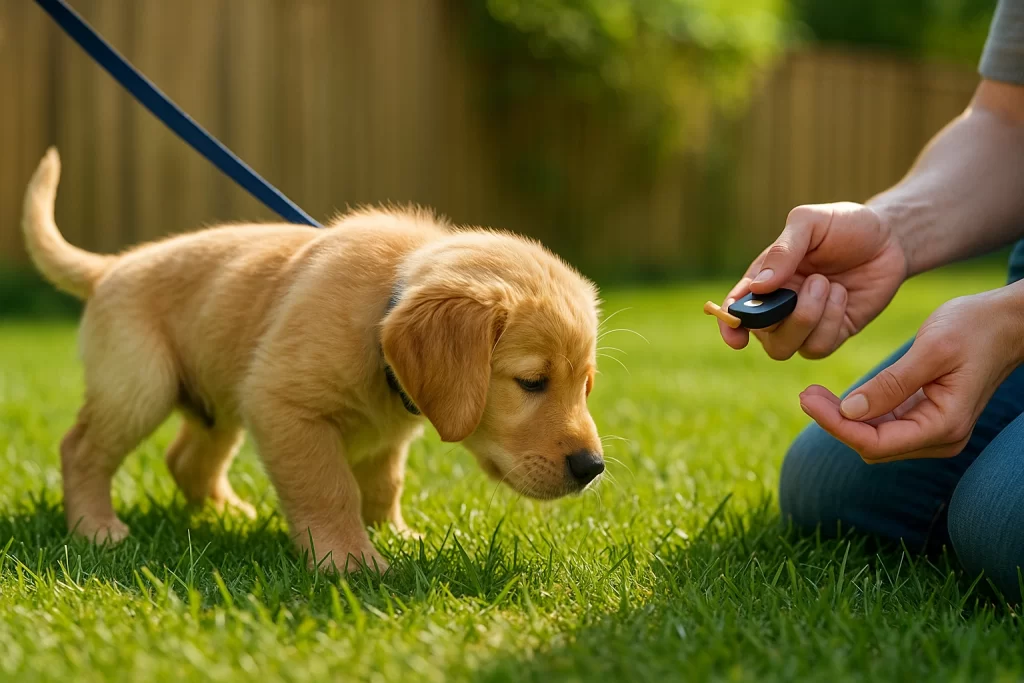
The Magic of Socialization
One word to summarize why socialization matters? Confidence.
Exposing your puppy to a variety of people, dogs, sounds, and experiences during their critical socialization window (3–14 weeks) prevents fear-based behaviors later on.
Quick Socialization Checklist:
- Children playing
- Traffic sounds
- Different floor textures (grass, tile, gravel)
- Men with beards, people wearing hats
- Other vaccinated dogs
Short, positive outings work wonders. Always make new experiences enjoyable with treats and praise!
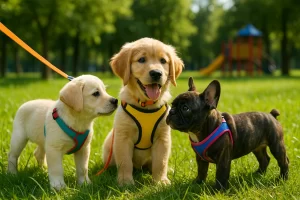
Need more detailed guidance? The American Kennel Club provides a comprehensive puppy socialization checklist you can follow.
Teaching Basic Commands
Another key answer to what are the first steps in puppy training is introducing basic obedience commands early. Your future sanity will thank you!
Start With These:
- Sit – the foundation of polite behavior
- Come – vital for safety
- Stay – teaches patience and impulse control
- Leave it – prevents eating dangerous items
Use positive reinforcement: treats, toys, and enthusiastic praise. Keep sessions short (5–10 minutes) to match your puppy’s attention span.
Preventing Bad Habits Before They Start
Training is not just about teaching good behaviors; it’s about preventing bad ones from forming. Puppies naturally chew, bark, dig, and nip—it’s your job to guide them toward acceptable outlets.
Proactive Tips:
- Provide appropriate chew toys.
- Redirect biting to a toy, not your hand.
- Ignore attention-seeking barking.
- Reward calm behavior frequently.
Your Puppy Training Timeline
Knowing what are the first steps in puppy training is only part of the journey. Here’s a rough guide to keep you on track:
| Age | Focus |
|---|---|
| 8-12 Weeks | House training, socialization, name recognition |
| 12-16 Weeks | Basic commands, leash introduction |
| 4-6 Months | Stay, come, leave it; continue socialization |
| 6+ Months | Advanced commands, loose-leash walking |
👀 Want to know when it is the perfect time to start training your puppy? Watch out for the signs your pet is giving you here

Frequently Asked Questions About Puppy Training
When should I start training my puppy?
Start the moment your puppy comes home—training is just shaping their behavior from day one!
What’s the best first command to teach?
“Sit” is a great first command because it’s simple and teaches focus and control.
How long should training sessions be?
Keep sessions between 5-10 minutes, multiple times a day, to match a young puppy’s short attention span.
What if my puppy doesn’t respond to training?
Be patient and consistent. Puppies learn at different paces. If struggles persist, consider a professional puppy class.
Is it better to use treats or toys for rewards?
It depends on your pup’s motivation! Some love treats; others are toy-driven. Mix it up and keep it exciting.
Final Thoughts: Building a Beautiful Future Together
Understanding what are the first steps in puppy training arms you with the tools to create a joyful, respectful bond with your new best friend. Training is not just about commands—it’s about communication, trust, and lifelong love.
What’s the first trick you want your puppy to learn? 🐶 Tell us in the comments!
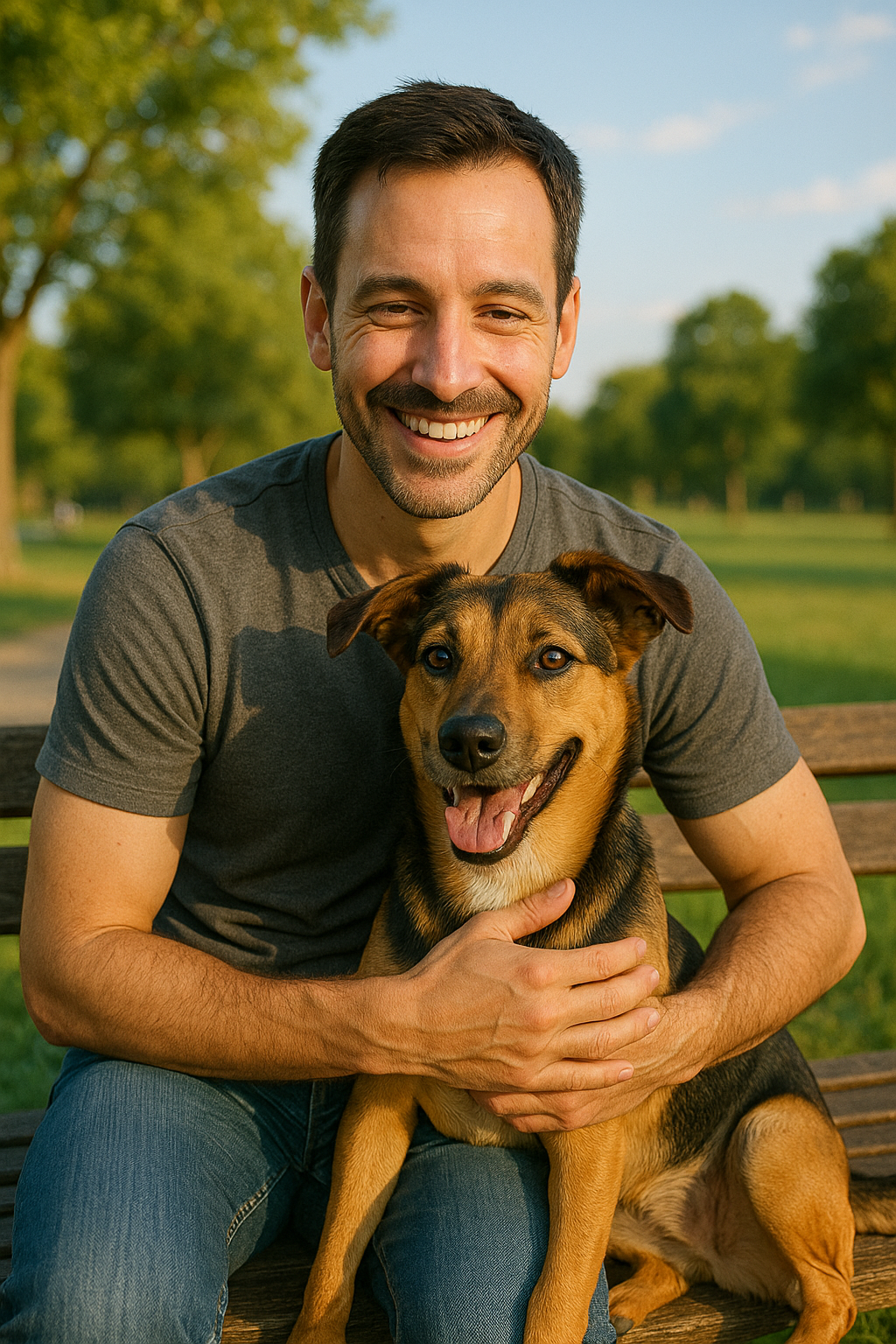
Hi, I’m Daniel – a proud dog dad, lifelong animal lover, and passionate advocate for pet rescue. I’ve spent years volunteering, learning about animal behavior, and helping fellow pet parents navigate the ups and downs of life with their four-legged friends. Here at Pawfect Life, I’m excited to share everything I’ve learned so your pet can live a healthier, happier life – and so can you. 🐾

